Introduction
Hi I’m Sipiwi. I have played rogue from the day I started playing Hearthstone. It has helped me reach Legend 3 times and has been fun to play all the way. It is very easy to make rogue fit in this meta and after Midrange hunter has become popular Tempo rogue has gained popularity with good results. I enjoy playing Miracle rogue and I thought it would be possible to change the deck in a way that would be as strong as Tempo Rogue because many of the key cards in Tempo rogue are also in Miracle rogue. I changed 2 things that have proven to be great. I played this Miracle rogue deck all the way to Legend #32. Before the guide really begins I want to state that this deck is hard to play. I wouldn’t recommend it if you arent familiar with how most decks work, but it is very fun to play and different from many other decks.
The Changes And Results
I really wanted mad-bomber and perditions-blade in the deck. They help a lot against all of the aggro on the ladder. But it is easy to find cards you want in Miracle Rogue. The hard part is to choose what cards you don’t want in the deck. A tough decision was made and I figured out that assassins-blade doesn’t do much against the decks I tried to beat. I never seemed to get value out of edwin-vancleef and Fan of Knives was usually too slow. So what I ended up doing was to take out assassins-blade, Edwin VanCleef, and 1 Fan of Knives. Instead I put in 2 Mad Bomber and 1 Perditions Blade. The Mad Bomber is very good because Miracle Rogue rarely has minions on the board and aggro has many 1 health minions. perditions-blade is like a 3rd SI:7 Agent, but it doesn’t lose a lot of value if you don’t combo it.
Pros and cons
The deck scores much better against every kind of aggro deck and to-the-face deck. The reason behind this is pretty obvious if you look at the 3 new cards in the deck. The deck scores a little worse against Control Warrior, but that has always been a losing matchup. assassins-blade was a nice card to have in that matchup, but it is far from an un-winnable matchup.
The Basics
The way this deck usually wins is by bursting the opponent with Leeroy Jenkins + Shadowstep + Cold blood + Eviscerate. That’s a lot of cards and to draw all of those you need card draw and delaying. That’s is all this deck is about – burst, card draw, and delaying. All of the cards play at least one of these roles. The main tool to cycling your deck is gadgetzan-auctioneer often together with Conceal or Shadowstep. Some good tips are: Make sure you have spells when you draw Gadgetzan Auctioneer / only use them if it’s necessary. Defend your minions (example: Use Eviscerate instead of trading your Mad Bomber etc.). Use your removal so the opponent doesn’t get a strong board. Don’t use your hero power to attack face if you have a play the following turn and make sure to have a weapon the turn before you use Gadgetzan Auctioneer so you can cycle your deck with Deadly Poison.
The Role of the Cards
- The Backstab is the easiest way to activate combos in the early game. In the late game it is a good way to cycle your deck Gadgetzan Auctioneer
- The Preparation can be useful against aggro or as a way to combo cards, but it is very rare. The purpose of this card is to use it with Gadgetzan Auctioneer.
- The Shadowstep I love the plays this card allows. The most obvious one is Leeroy Jenkins to finish the game. Against aggro shadowstepping a damaged SI:7 Agent can be a huge play and it can also be used with Coldlight Oracle to burn your opponents’ cards and/or let Sap destroy minions.
- The Cold Blood is a very good way to cycle your cards with Gadgetzan Auctioneer and deal damage at the same time. It can also be used without drawing a card to deal damage and conceal the minion or force the opponent to deal with a small minion.
- The Conceal is a card you want to use with Gadgetzan Auctioneer. The only other purpose is to use it to secure lethal.
- The Deadly Poison can either be used as removal, as damage to the face, or to activate combos.
- The Blade Flurry is pretty obvious. It is used as board clear or to be able to “attack” two times in one turn
- The Eviscerate is good removal and good at securing a lethal if you need more damage or need damage through taunts.
- The Sap is a very good delaying card, and it can be upgraded to an Assassinate if it’s used with Coldlight Oracle. It can also be used to remove taunts to secure lethal. Shiv is a good way to cycle the deck
- The Bloodmage Thalnos is a way to cycle your deck and +1 spell damage can be very useful (Eviscerate kills Chillwind Yeti etc.)
- The Mad Bomber The battlecry is a mix of removal and damage to the face. it usually doesn’t matter that it hits your own face, but 1 damage to the opponent can mean the difference when you play miracle rogue. It creates a 3/2 minion that either trades, deals damage to the face, or forces out removal (delays).
- The perditions-blade Removal, damage to the face, and a way to maximize value of Blade Flurry Fan of Knives is a good way to cycle the deck and is good board clear with Bloodmage Thalnos. Preparation is good to use with this card.
- The Coldlight Oracle is very good at cycling the deck. It can be used to burn your opponents’ cards, but should be used with care. Sometimes your opponent gains more value from drawing 2 cards than you.
- The SI:7 Agent is a key to survive against early game pressure. It has good synergy with Shadowstep. Sometimes you have to play this card without using combo.
- The Leeroy Jenkins is the main damage in this deck with Shadowstep.
- The gadgetzan-auctioneer has been mentioned a lot already. Don’t sacrifice him if you don’t have another one and you have a lot of cards in your deck. Protect him with Conceal or Shadowstep. Remember that stealth is not always a good decision (Shadowflame, Flare, Deadly Shot etc) and remember that using a Shadowstep could make it impossible to have enough damage to kill your opponent.
Mulligan and Matchups
You should mulligan for cards that let you survive as long as possible. Don’t be greedy and keep Auctioneer against a class that could be aggro etc. If you survive long enough you will draw the cards you need. It is hard to give a solution that tells you how to mulligan so the mulligans agaisnt every class in this guide will just be general guide lines. You will often draw combos like Preparation, Fan of Knives, and Bloodmage Thalnos or many others. The main rule is “mulligan to survive!”.
The Standard Mulligan Recipe
The standard mulligan is to search for Backstab, Deadly Poison, Mad Bomber, perditions-blade, SI:7 Agent, and Coldlight Oracle. TheBlade Flurry should usually be kept if you have a Deadly Poison. Sometimes you want to keep Shadowstep if you have SI:7 Agent. If you have more than one of these cards you might not want to keep all of them.
Hunter
A pretty good matchup. Against hunter you should use the mulligan recipe. If you have some of the cards you want before you mulligan you can keep Leeroy Jenkins because the hunter matchup often is a burst race. Against hunter you want to figure out what kind of hunter you are facing. Midrange hunter and Huntard use different early game cards so you should be able to tell pretty fast. The Huntard matchup is all about who bursts who first. Two things matter here. The first one is to kill your opponent and the second one is to delay him. Against Midrange hunter you want to play like against most aggro. You want to deal with his threats until you can burst him. One thing to note is that Deadly Shot and Flare can destroy your concealed minions.
Warlock
Aggro warlock is an easy matchup and Handlock is pretty tough. Against warlock you want to use the mulligan recipe too. The one exception is Coldlight Oracle. It is all about the other cards when I decide if I want to keep this. The reason is that 2 extra cards are very good for the aggro warlock player. However, they really suck for a Handlock player. I keep Coldlight Oracle most of the times though. Against warlock you also want to figure out what kind of warlock it is (no turn 1 play and Lifetap turn 2). Against Aggro warlock you want to deal with their stuff until you can win. Consider delaying your board clears for a turn. Against Handlock you want to get him low as fast as possible, but think about if you can deal with Molten Giant before you take him down to ~10hp. If you can save the damage that goes through taunts do it. A good thing about facing Handlock is that you are safe the first turns so you can set up a nice Gadgetzan Auctioneer. One thing to remember is that conceal doesn’t always help because of Ancient Watcher + Shadowflame.
Warrior
The Control Warrior matchup is hard. You want Gadgetzan Auctioneer as soon as possible and something that can deal with frothing-beserker. Minions are not nice to have in the beginning because they are easily removed (don’t just mindlessly mulligan away a SI:7 Agent if you have Backstab etc). Think about how much damage you have in your deck. If you use Shadowstep you might not have enough damage to kill him. Brawl can go through stealth so keep that in mind. I haven’t faced Rush warrior once with this deck to be honest. It is very rare. But I think the matchup is hard, since you have no taunts. If I ever face it I would mulligan to burst him before he bursts me (play it like against Huntard)
Priest
An easy matchup. Priest is reactionary so you have all the time you need to setup your kill. I only think I lost one priest matchup this season and he thoughtstole Leeroy Jenkins and bursted me for 10 with 2 x Holy Smite. Mulligan for card draw and Gadgetzan Auctioneer. Keep Preparation if you have Gadgetzan Auctioneer
Mage
Mage decks are usually aggro. The matchup is a bit harder than Aggro warlock because they can burst you with spells at any time. Use the mulligan recipe and play like against Aggro Warlock.
Druid
An even matchup. Use the mulligan recipe, but keep Sap so you don’t instant lose to Innervate. You can consider keeping Gadgetzan Auctioneer if you have some early game answers. Druids are usually pretty slow, but don’t let them get a strong board. You will just lose to all of the taunts and damage dealers. Don’t die to Force of Nature + Savage Roar. Against Token druid save you board clears for their sick combos.
Paladin
Aggro paladin is a good mathup. You have a lot of cards that are good at destroying divine shields. You should use the mulligan recipe, but consider keeping a Shiv if you have some other good starting cards. It will help you against aggro, and just be a cycling card against Healadin. Try to keep the aggro paladin’s board clear Healadin is an okay matchup. You can do you thing for the first turns. The hard part is to kill him because he can heal so much. It is hard to oneshot him, but if you force him to spend a turn healing you can probably kill him in 2 turns. Equality + something goes through stealth.
Rogue
This matchup is very good for you! Nah. Mirror matchups are all about the draws, but against Miracle rogue this deck has a minor disadvantage. It is still almost 50-50. Leeroy Jenkins is a very good card in this matchup. The first one to draw it wins most of the times. Gadgetzan Auctioneer is important too obviously. Against Tempo rogue this deck does ok. It has a lot of answers the first turns, but Argent Commander and Cold Blood can be a pain. Keep their board clear. Against Rogue I mulligan depending on the cards I get. If I have some answers for Tempo rogue I will keep Leeroy and Gadgetzan, but if I don’t I throw them away and use the mulligan recipe.
Shaman
Shaman is a good matchup. It doesn’t have a lot of early game threats and the overload mechanic makes it hard for them to play offensively. Shaman has a lot of removal that is basically dead cards against Miracle rogue. Keep Gadgetzan Auctioneer and follow the mulligan recipe. Before you stealth your Gadgetzan Auctioneer remove their spell damage so the Shaman can’t 50-50 Lightning Storm it. Board clear is very good against Shaman.
How to Change With the Meta
I have 2 different Miracle rogue decks. I fell in love with the one in this guide and I can’t really see how the meta should make me change to the other version. Maybe a lot of Handlock and Control Warrior. My other deck is great against control.
I use King Mukla, Vanish, Edwin Vancleef, and assassins-blade instead of Mad Bomber, Perditions Blade and Bloodmage Thalnos. This lets me make some sick burn plays. Control often has a lot of cards in their hands giving these changes huge potential. There are a lot of cards the has to be in the deck making it hard to change with the meta, but few changes can have huge effect as I found out with this deck. It is hard to predict what the next smart change will be, but Coldlight Oracle could help the opponent too much. In that case I would use Loot Hoarder or Acolyte of Pain instead.
Closing
I hope this guide can inspire you to play one of the most fun and challenging decks in Hearthstone. If you have any questions feel free to ask them below, on my facebook https://www.facebook.com/sipiwi1994, or send them to [email protected]. Also follow my stream www.twitch.tv/sipiwi94 if you want to see me play this deck.
We’re Looking for Writers!
Do you like playing Hearthstone constructed? Do you strive to reach the elusive Legend rank? Do you enjoy writing and sharing your knowledge? Hearthstone Players is looking for writers/editors to share their knowledge on the site! We get 20,000 daily unique visitors each day, all looking for the latest decklists and strategies! Interested? Shoot us an email at [email protected] today!



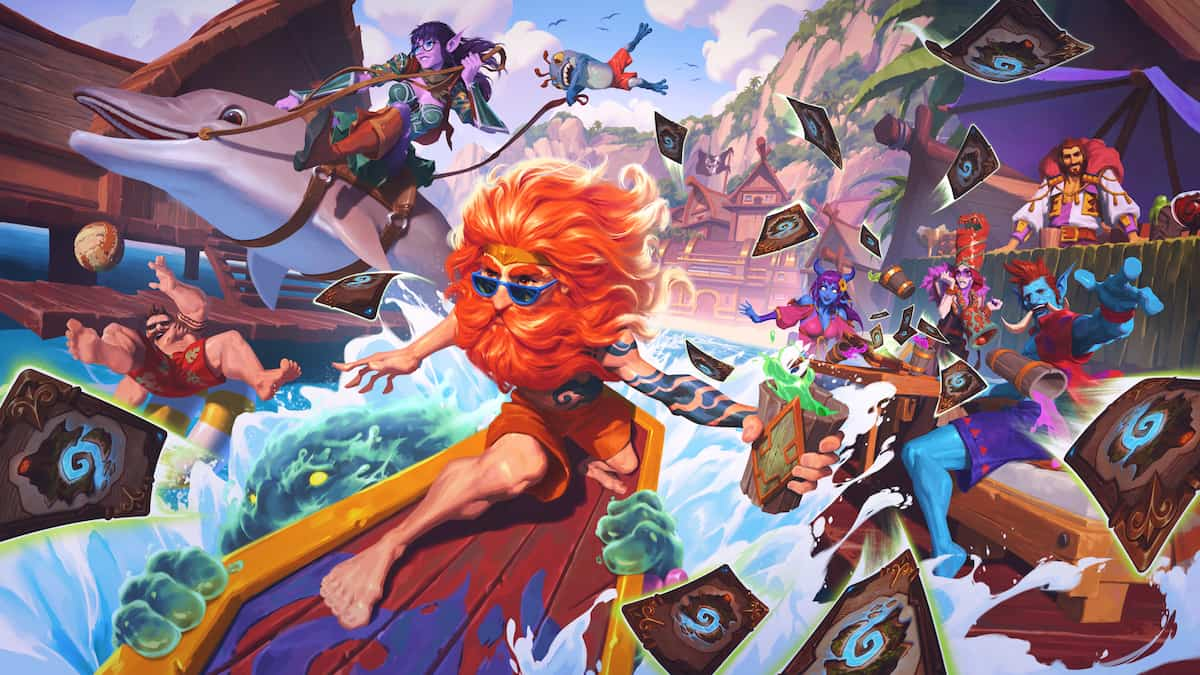
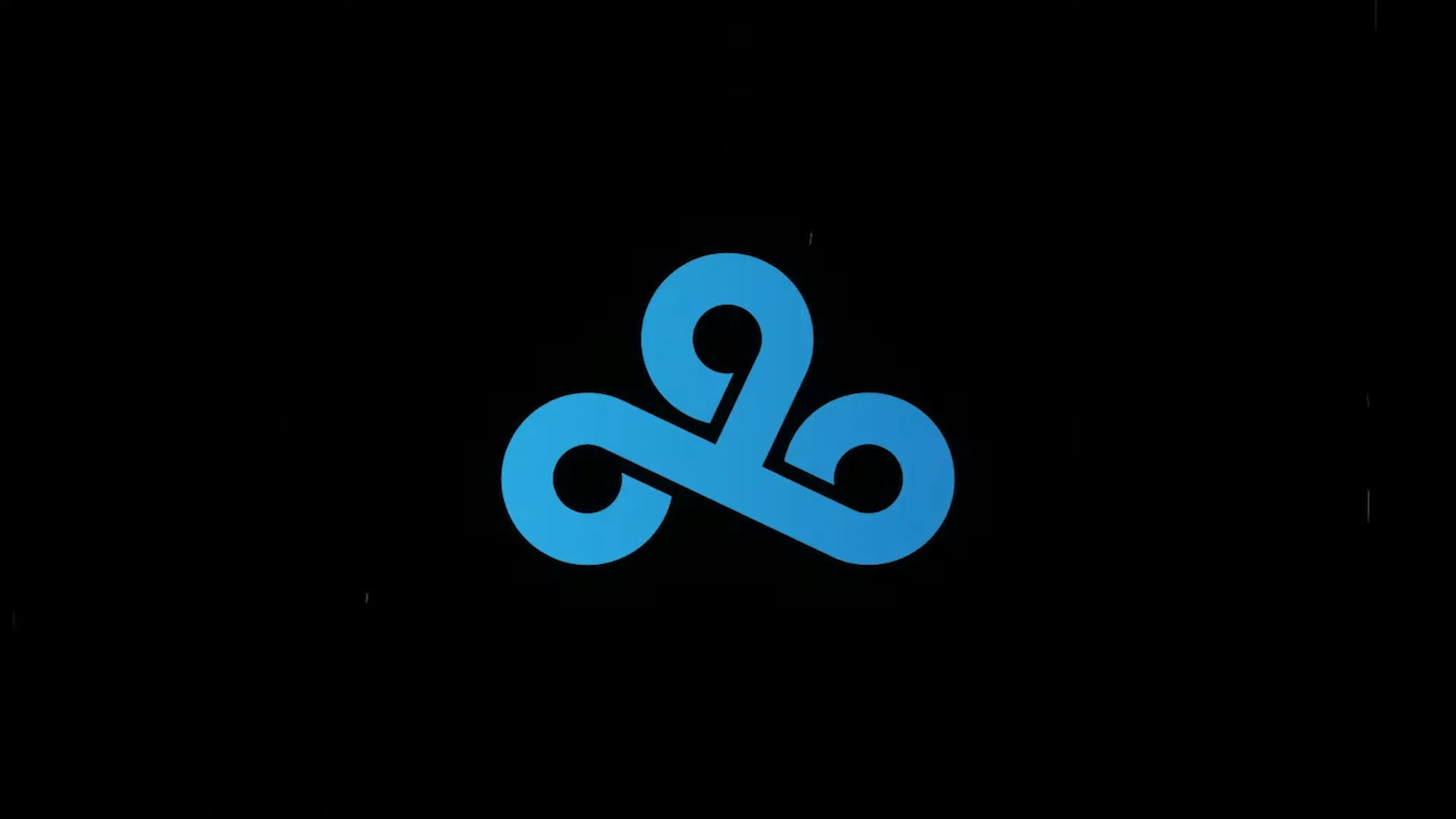
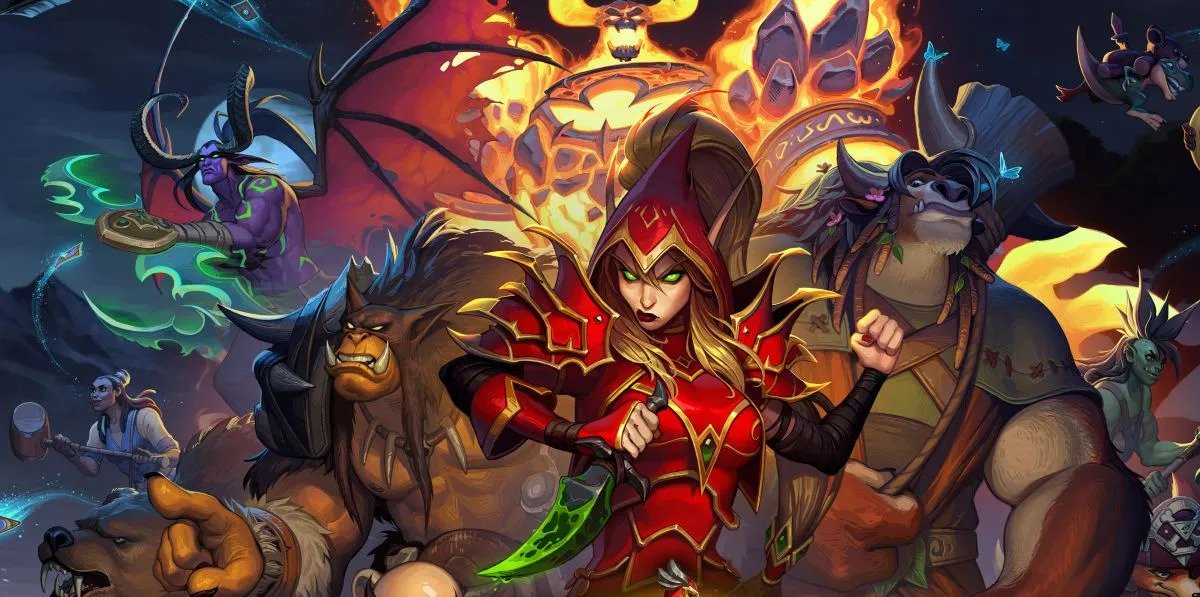
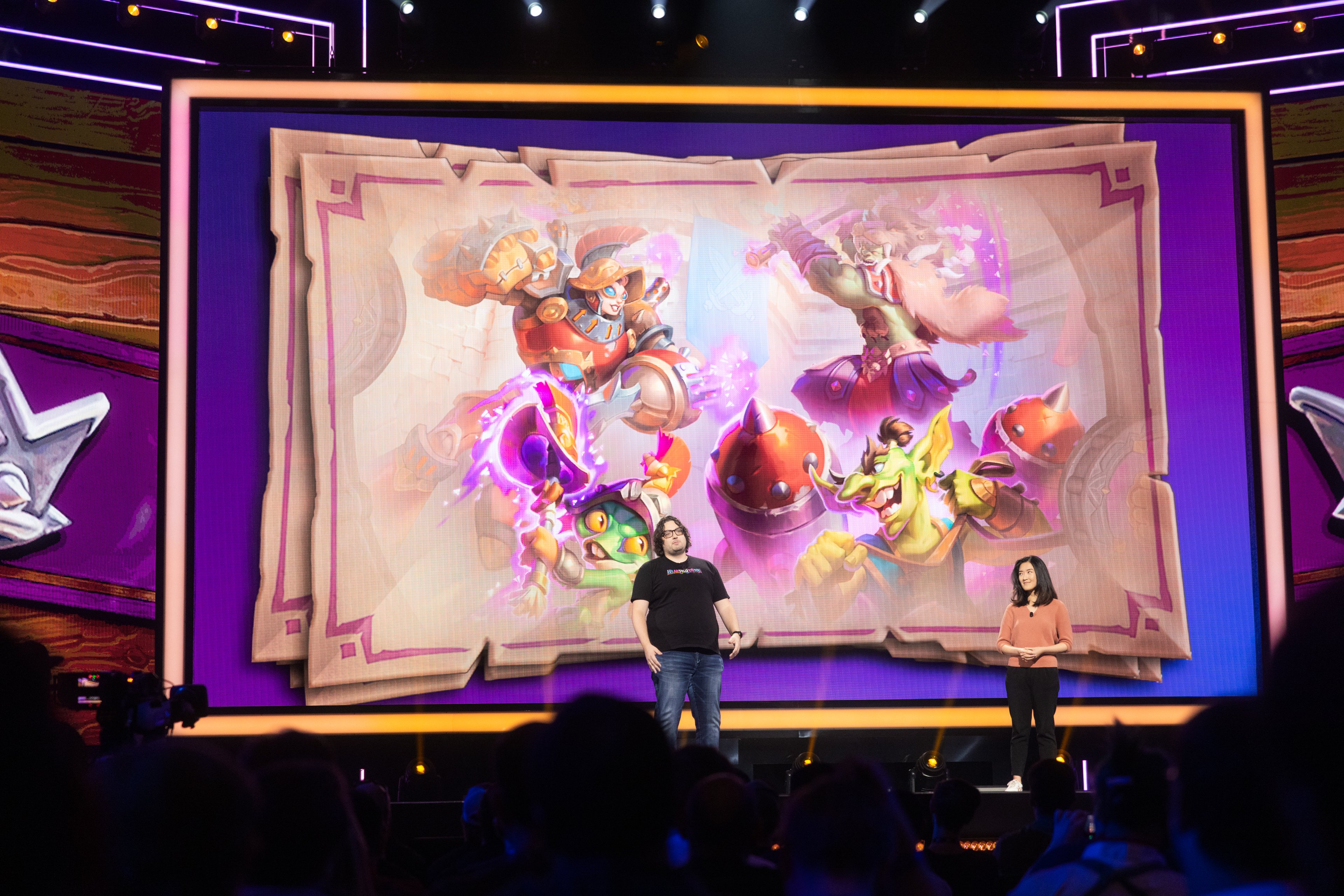
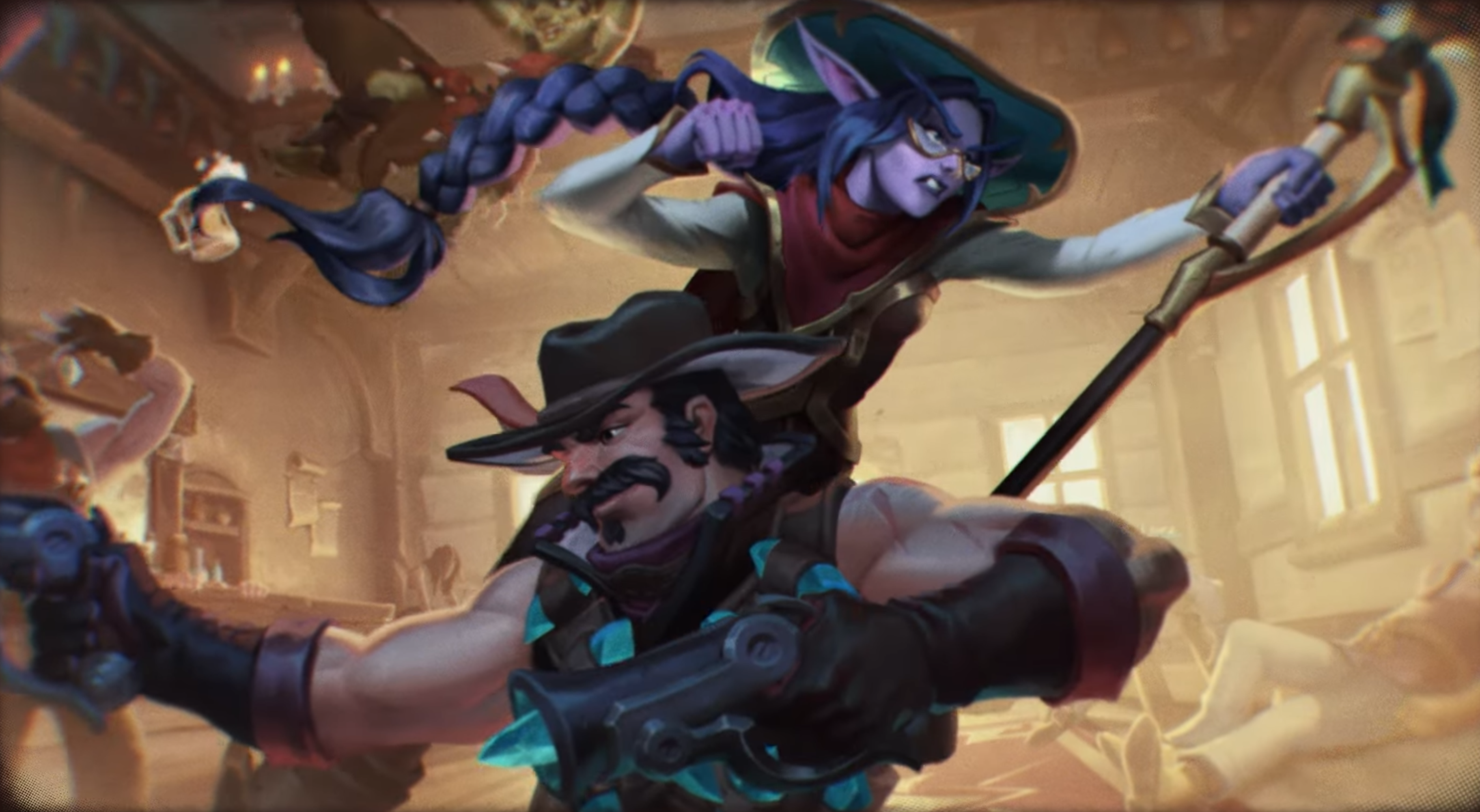
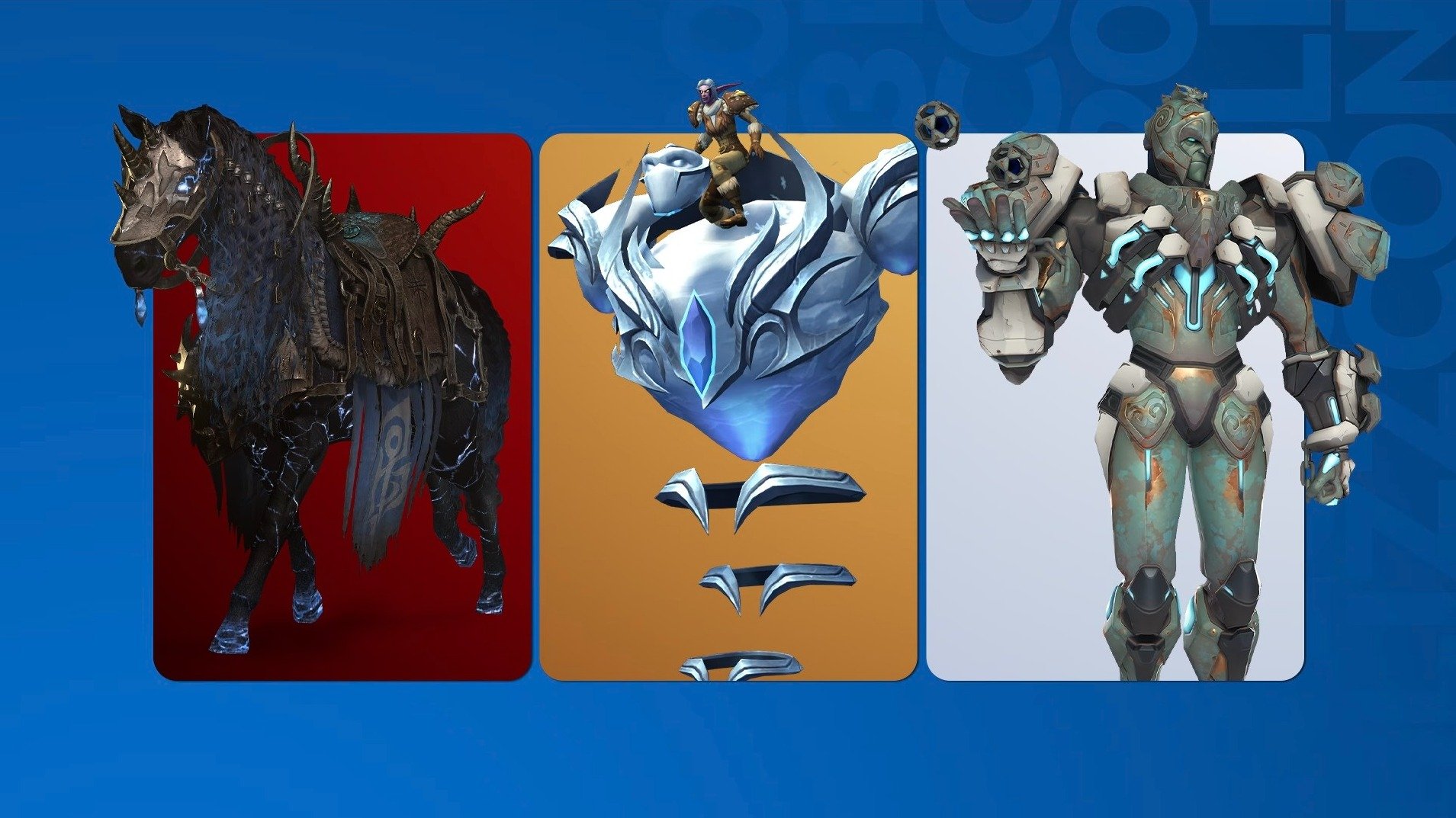
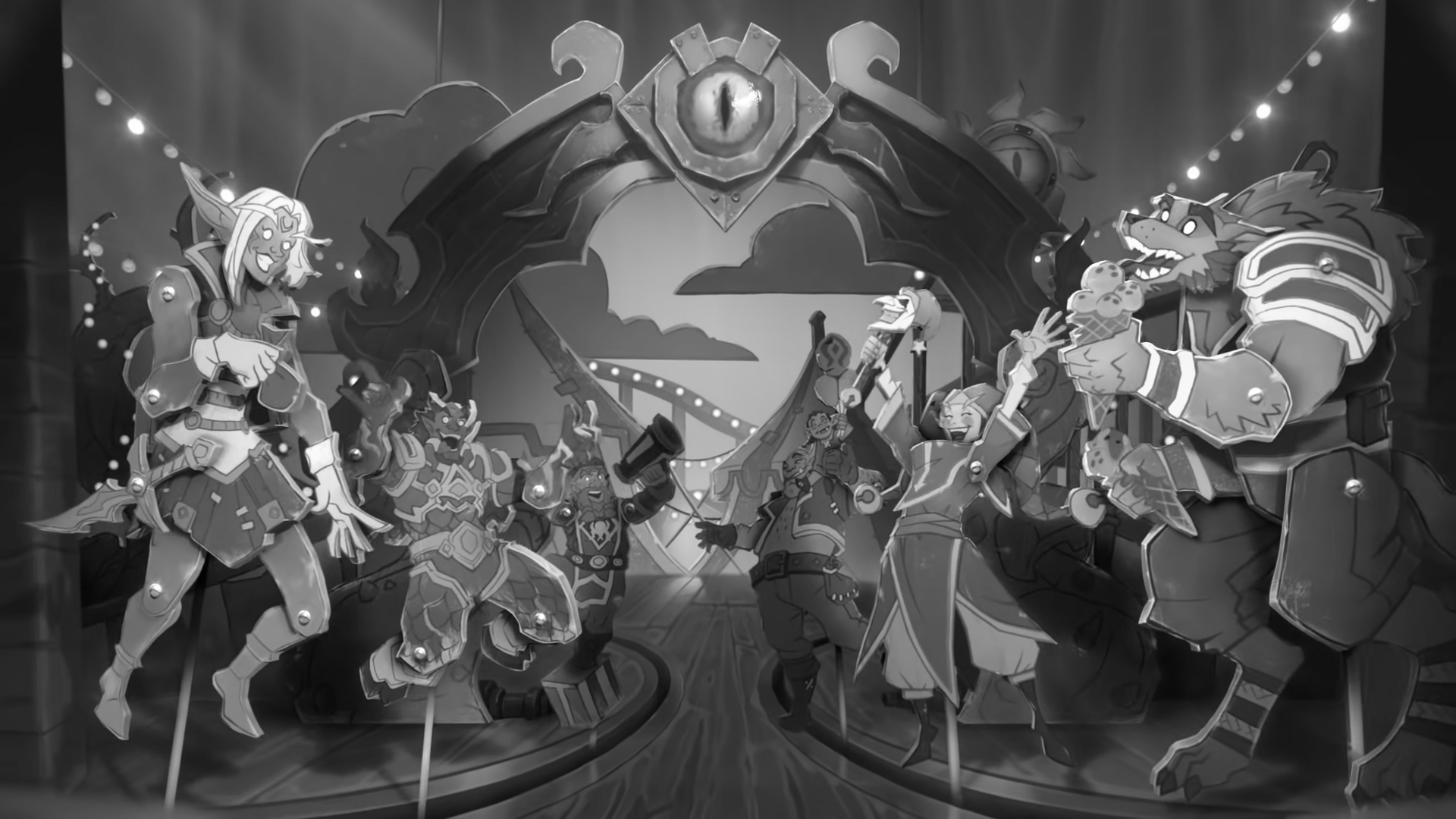
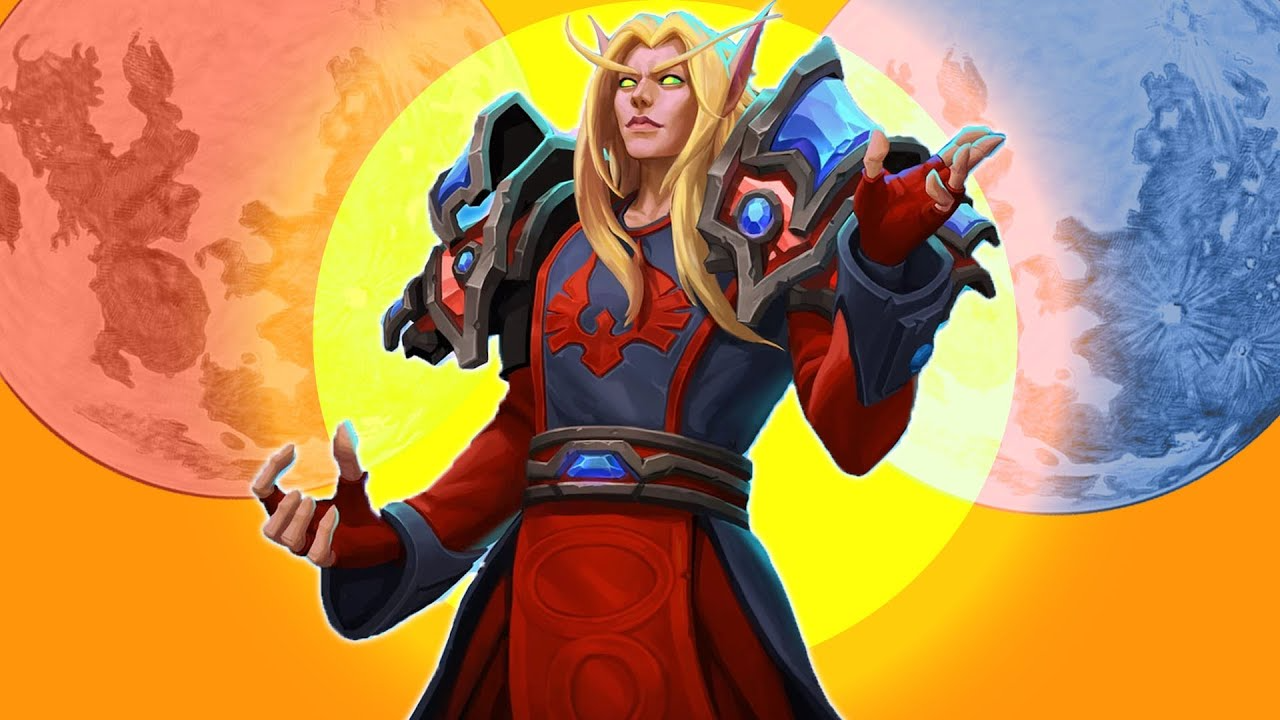
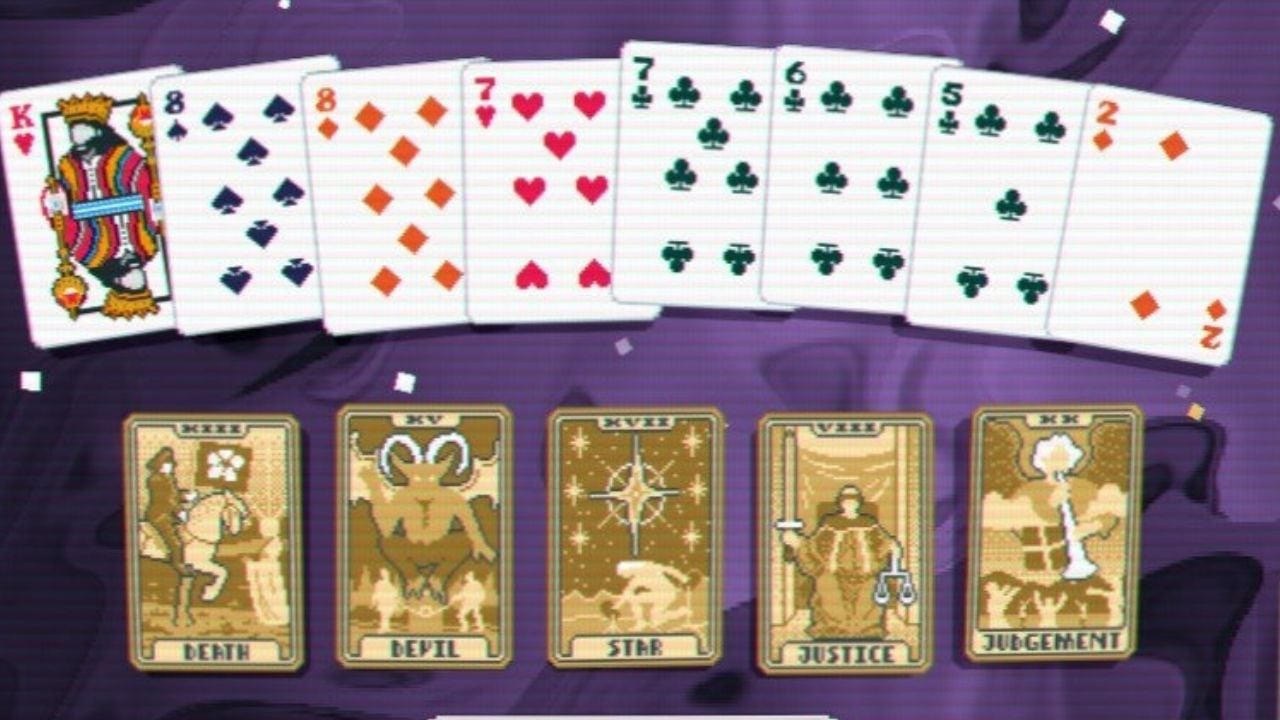
Published: Apr 30, 2014 09:45 pm